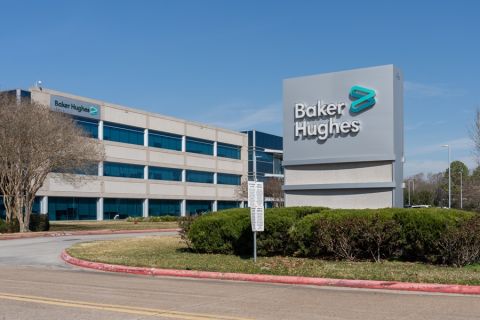In basins that lack an obvious consolidator, a relatively new type of financing has emerged called PDP (proved developed producing reserves) asset-backed securitization (ABS).
EnCap-backed Raisa Energy innovated its use back in 2019. Raisa closed the industry’s first rated securitization of oil and gas wells in late 2019. Since that time, the firm has closed three additional transactions, securing $1 billion in gross proceeds through securitization of almost 13,000 wells in 60 counties across 10 states, according to company materials.
Most of the securitizations have been private companies, said Haynes and Boone Partner Jeff Nichols, who has advised on several ABS transactions. Securitization will only cover existing wells, he said, but it enables upstream operators to access capital that they can invest elsewhere.
RELATED
Private E&Ps Pursue Dollars Amid Change
Securitization offers much higher advance rates compared to traditional reserve-based lending (RBLs)—roughly 80% to 90% versus 40% to 50%, Nichols said.
Still, he said, “there’s no free lunch.”
Long-term hedging is required to put ABS buyers at ease, and the cost can be significant.
Other private companies that have tapped ABS financings include Green River Basin operators Jonah Energy, which raised $750 million, and PureWest Energy, which raised $965 million in a pair of transactions. In the Anadarko Basin, Maverick Natural Resources, backed by EIG Global Energy Partners, conducted a $640 million ABS.
While many of the publicly disclosed ABS deals involve natural gas-weighted producers, Nichols said the commodity is not as important as characteristics of production and the pricing environment.
“You just need a stable production curve and a good price curve to hedge,” he said. The Permian could be an “ideal” basin because many areas have demonstrated steady production over many years, and certainty of production is key to an ABS.
RELATED
Watching the Uinta: XCL Petitions the FTC to Approve Altamont Acquisition
Recommended Reading
Equitrans Midstream Announces Quarterly Dividends
2024-04-23 - Equitrans' dividends will be paid on May 15 to all applicable ETRN shareholders of record at the close of business on May 7.
Baker Hughes Awarded Saudi Pipeline Technology Contract
2024-04-23 - Baker Hughes will supply centrifugal compressors for Saudi Arabia’s new pipeline system, which aims to increase gas distribution across the kingdom and reduce carbon emissions
Dividends Declared in the Week of May 6
2024-05-10 - Here is a selection of upstream, midstream and service and supply companies’ dividends declared in the past week.
Genesis Energy Declares Quarterly Dividend
2024-04-11 - Genesis Energy declared a quarterly distribution for the quarter ended March 31 for both common and preferred units.
Blue Racer Midstream Prices Senior Notes Offering
2024-05-15 - Net proceeds from the sale of senior notes will be used to pay off debt and other general corporate purposes.





